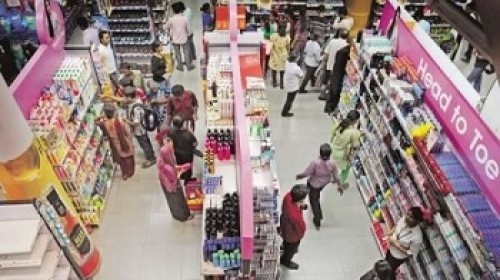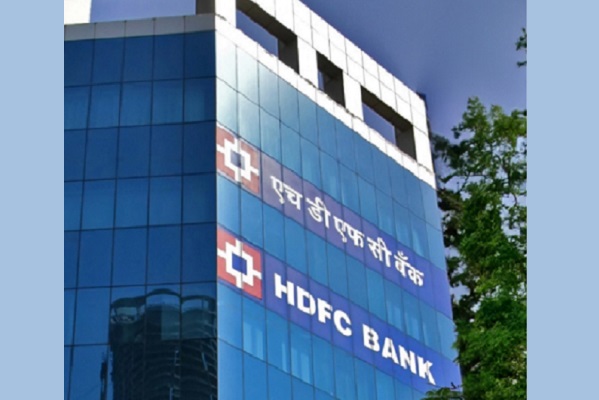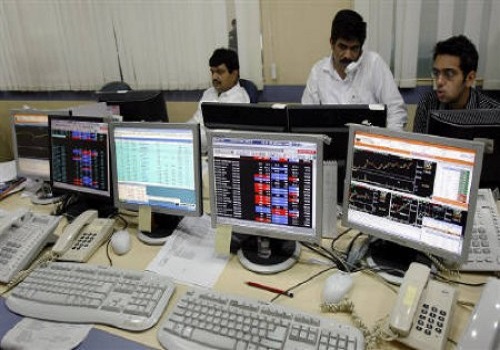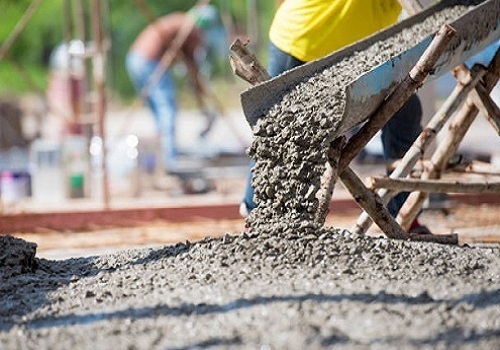Retail Sector Update - Slow recovery, increase in RM costs cast shadow on retailers By Motilal Oswal

Slow recovery, increase in RM costs cast shadow on retailers
After steady recovery in sales in the festive season (in 3QFY21), the Retail industry is witnessing positive trends such as the resumption of store adds and improving WC and leverage positions. However, factors such as softness in recovery trends (given the rise in COVID cases) and the risk of increasing RM costs remain deterrents. The recent correction does offer a better entry point in these stocks – especially given their better competitive positions and balance sheets, and the potential growth in retail stocks. Nevertheless, we believe the market exuberance may cool down until we see revival in revenues over the next six months. Here are the key takeaways from our channel checks.
Revenue recovery slow and gradual
Over Jan–Feb’21, retailers across categories, barring QSR and Consumer Durables, continued to deliver revenue below the last year’s base pre-COVID. Apparel companies, particularly, reported the highest revenue declines (v/s last year) at 15– 20% (Exhibit 3). The impact of the second wave of COVID in some regions, followed by government restrictions, has been lower on store operations. However, footfall has been slow and, in turn, derailed the MoM sales recovery trend seen up to Dec’20. We continue to see a better trend in high-street stores and tier 2/3 city stores than large-format stores and metro / tier 1 stores. Yet, the favorable base in March – due to 10- to 15-day store closures in the corresponding quarter, coupled with festive shopping expectations – could see March at around 100–110% of last year’s sales. Subsequently, we expect ABFRL/Trent/V-Mart to post 3%/12%/8% YoY revenue growth in 4QFY21. Grocery retailers such as DMart have recovered with 100–105% of LTL sales over Jan–Feb’21; in 4QFY21, it is expected to report over 20% growth, benefiting from a favorable base due to last year’s lockdown impact. Sales trends in Trent are likely to benefit from fewer Westside stores in malls. Zudio’s strong performance is attributable to customer downtrading and 35 store additions (44% YoY) in YTDFY21. In ABFRL, the Retail business in Lifestyle continues to perform better. However, Pantaloons – which has large-format stores and a high proportion of stores in malls – may see slower sales recovery. V-Mart should benefit from its higher share of stores in tier 2/3 cities.
Store adds resume steadily
Weak throughput is rendering the Real Estate market conducive for retailers. A lower competitive intensity has curbed irrational rental deals at prime locations. Subsequently, retailers with better liquidity positions have commenced store additions at a steady pace. We expect Westside to add 6, Zudio to add 14, and VMart to add 7 stores in 4QFY21. Furthermore, the managements of retailers have indicated that retailers would resume a steady rate of 15–20% store additions from FY22E (as in the pre-COVID era).
Escalating RM costs a red flag
At this time when apparel demand is still sluggish, the surge in raw material prices remains a big dampener. Cotton yarn and crude-based fabric prices have rallied nearly 30% in the last six months. Typically, fabric costs contribute 25–35% to the total raw material cost – depending on the category of the apparel player. Hence, this could result in an 8–10% increase in overall raw material costs. Old inventory may have cushioned the impact up to Feb’21; however, the impact of rising RM cost should start reflecting from Mar’21. Based on our discussion, retailers may gradually endeavor to pass on the cost increase from 1QFY22. However, given the weak demand scenario, it may take a couple of quarters to fully pass on the increase in cost, thus potentially impacting gross margins by 150–400bps.
Sales recovery alleviating working capital stress, improving balance sheet
The high inventory position has largely relaxed over the last six months and payables have normalized. We observe large retailers have taken advantage of the COVID disruption to now operate with a leaner inventory and payable days. This has given them multiple advantages in the form of better commercial terms, product availability, and quicker design turnaround. This would further enable larger retailers to improve their competitive positions and gain market share. Also, curtailed cash burn, along with the easing of liquidity, should improve the leverage positions of retailers across the board.
Valuation
The Retail industry still faces the risk of increasing commodity costs and is yet to come out of the woods completely. Hence, in terms of pre-COVID scale, the rich valuation certainly raises concerns – DMart is trading at FY23E EV/EBITDA of 47x and apparel retailers Trent, ABFRL, and V-Mart are trading at FY23E EV/EBITDA of 32x, 13x, and 18x, respectively. Over the last month, retail stocks have corrected 10– 20%, offering a better entry point – especially given their better competitive positions, balance sheets, and growth expectations, which could provide strong tailwinds once the market has revived. Nevertheless, we feel the market exuberance may cool down and upsides may be capped until we see revival in revenues over the next six months.
To Read Complete Report & Disclaimer Click Here
For More Motilal Oswal Securities Ltd Disclaimer http://www.motilaloswal.com/MOSLdisclaimer/disclaimer.html SEBI Registration number is INH000000412
Above views are of the author and not of the website kindly read disclaimer

.jpg)


.jpg)





Tag News
More News

Oil and Gas Sector Update : Crude Compass - Weekly Oil Market Dossier by Choice Broking Ltd









